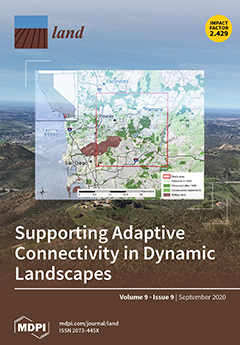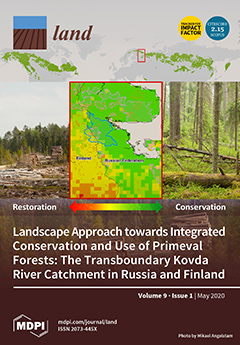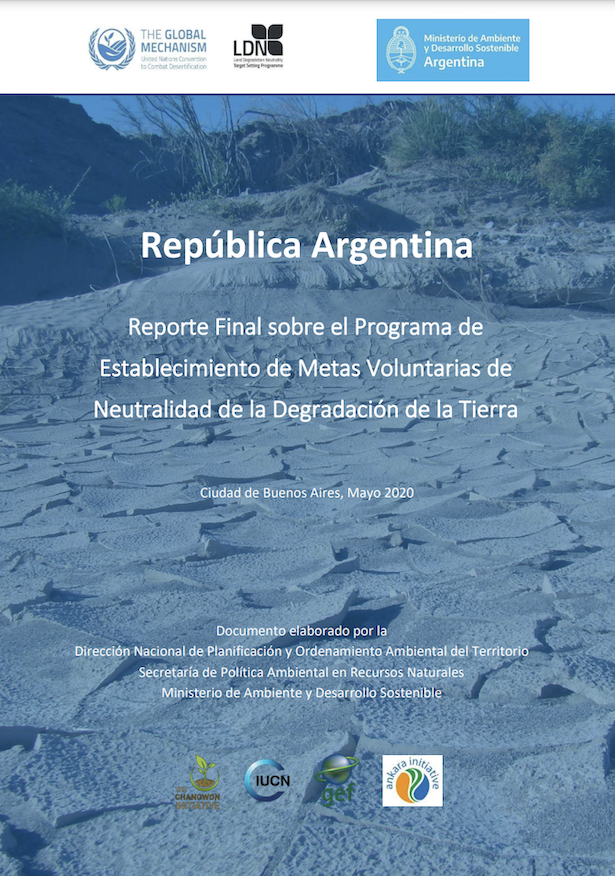National Report on Land Degradation Neutrality Target Setting Programme: Lao PDR
In September 2015, the global community agreed on “The 2030 Agenda for Sustainable Development”, including 17 Sustainable Development Goals (SDG) and 169 targets. Goal 15 urges countries to “protect, restore and promote sustainable use of terrestrial ecosystems, sustainably manage forests, combat desertification, and halt and reverse land degradation and halt biodiversity loss”.








